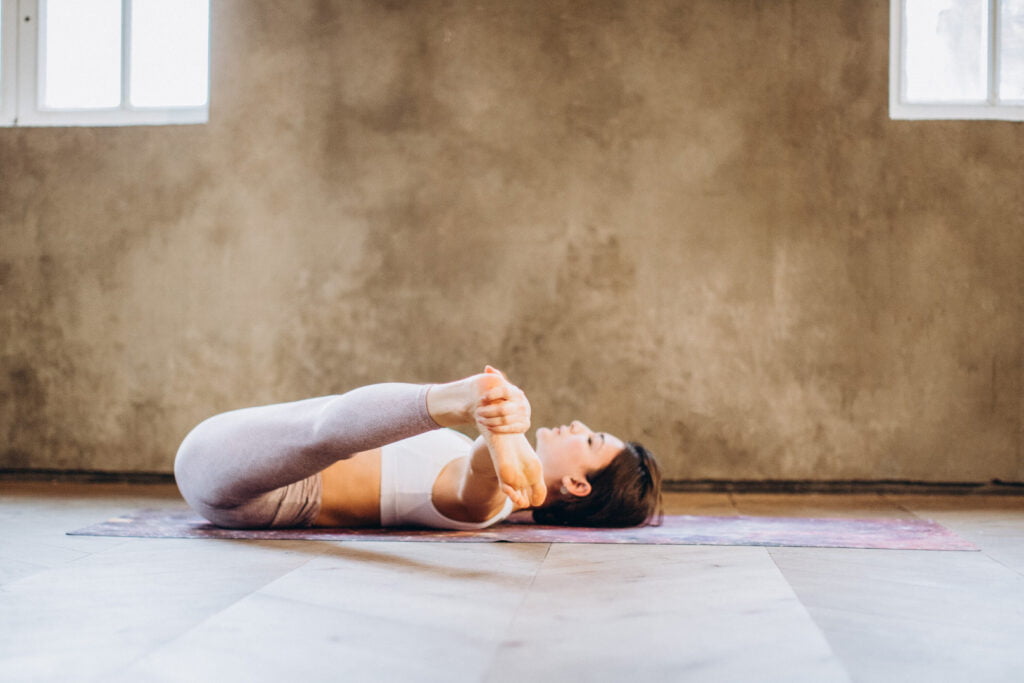By Suvi Honkanen
When I was 15, I met the most influential and important person of my life. I met a director who took me under his wing as a young, potential new star. It was constant attention, promises, private classes, alone time. It felt like the beginning of a new life. I formed a close emotional bond with the director. I lived in the understanding that this was all because he wanted to help me, but it wasn’t long until I got the feeling that I owed him something, I just didn’t know what. However, my blind trust and belief that it was all for my own good made me compliant and silent, and I endured psychologically abusive behavior for years before questioning any of it.
The numerous scandals in the recent years have spotlighted the issue of grooming and the role it plays in abuse. Grooming is the act of establishing an emotional connection with a minor for the purpose of building trust and therefore lowering the inhibitions of the victim to lure them into situations where they can be mistreated and manipulated.
Grooming is the act of establishing an emotional connection with someone, often a minor, for the purpose of building trust and therefore lowering the inhibitions of the victim to lure them into situations where they can be mistreated and manipulated. Ballet is an especially suspectable environment because of its rigid hierarchy, competitive atmosphere, and the conditioning of dancers, starting from a very young age, to stay silent and obedient. Psychologically and physically oppressive and discriminatory practices flourish when people are controlled with fear and manipulated with emotional gifts.
Indeed, victims of grooming usually have a need that the perpetrator can fill. My need was attention. I craved the director’s attention like nothing else because it made me feel special and hopeful about my future as a dancer. Looking back at the situation now, I can see that the director knew exactly how to exploit my vulnerability, gain my trust, and blur the lines between help and abuse. Somehow, he was able to instil in me this idea that all of it was for my own good, and that he was doing me a service. I know he saw himself as a hero, not a predator. I was hooked on the feeling of being special, yet receiving his warmth, attention, and care made me feel shameful. At times, I contemplated telling someonebut then immediately backed out, telling myself: maybe I imagined it all, I thought. Maybe nothing happened. Maybe I was just too inexperienced and dramatic. Maybe I shouldn’t trust myself.
The practice of grooming occurs over a long period of time and oftentimes under the watchful eye of the ballet institution. To protect dancers, especially those that are young and vulnerable, our dance community needs both individual and systemic change. The position of power and superiority is deeply ingrained in ballet culture. Sometimes it feels as though students are trained to trust their seniors (their teachers, directors, choreographers, etc.) more than their own instincts. Abusive practices can be recognized and addressed effectively in communities where people are not afraid of their own position. Transparency between leadership, teachers, dancers, and everyone else participating in the studio environment is crucial, as is educating dance students on what is appropriate behavior and what isn’t.




